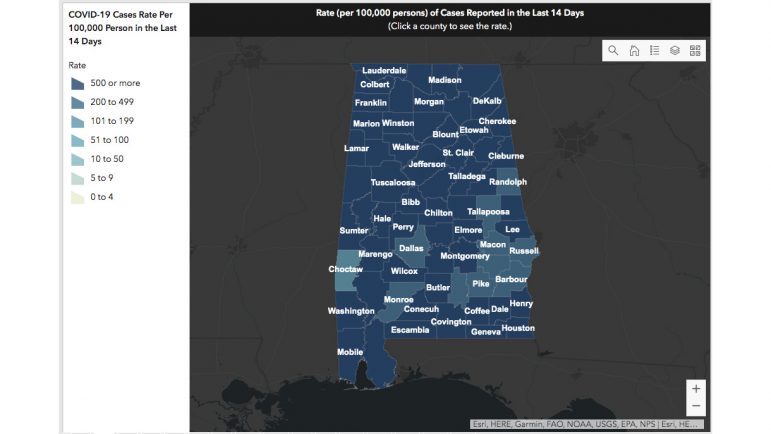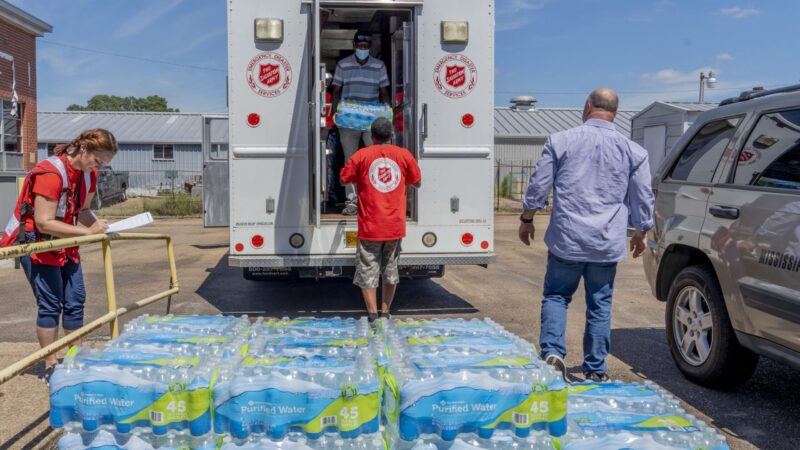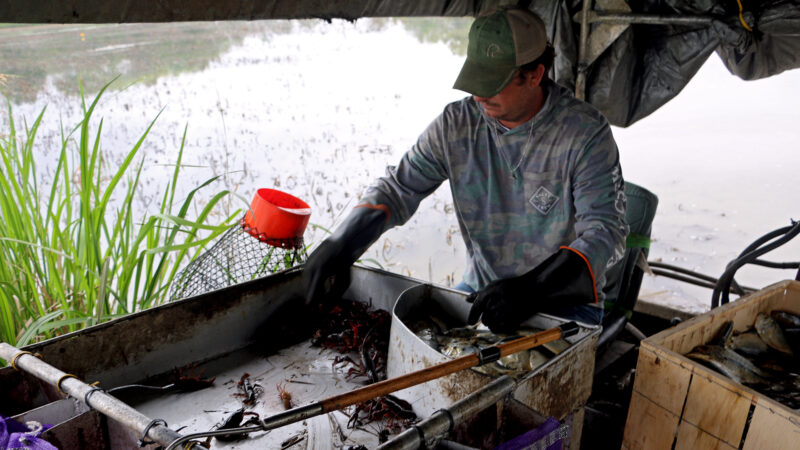Providers Plan For Vaccinating Millions of Rural Alabamians
Health experts are working to iron out the logistics of administering the COVID-19 vaccine in rural Alabama.
Depending on how you count it, UAB’s Dr. William Curry estimates anywhere from 1.25 to 2.9 million residents live in rural communities.
“So there are a lot of people and trying to vaccinate at least 70 or 80 percent of that large number is a very daunting task and we need to do it quickly,” said Curry, a physician and associate dean of primary care and rural medicine at UAB Medicine.
As Curry and other medical providers map out how to distribute the COVID-19 vaccine to the most isolated areas of the state, they face familiar problems.
There is a shortage of hospitals, clinics and staff to deliver the vaccine, plus a lack of infrastructure and resources to effectively store it. On top of that, Curry said many residents are reluctant to receive it.
In the coming months, UAB will work with the Alabama Department of Public Health and a network of rural providers to encourage vaccination. Health experts will reach out to local leaders, including sheriffs and pastors, to help spread the word about the risks and benefits of the COVID-19 vaccine.
“Education and community engagement is essential,” Curry said. “And people need to hear it from somebody like them, that they trust.”

In recent weeks, COVID-19 case numbers and hospitalizations have increased significantly across Alabama, with per-capita infection rates higher in many rural counties than they are in urban areas.
Curry said there is still not enough testing or contact tracing in rural communities, which makes it difficult to accurately monitor and control viral spread.
The first doses of the Pfizer COVID-19 vaccine began arriving Monday in Alabama, with additional shipments scheduled to arrive Tuesday. The initial allotment of 40,950 doses, prioritized for frontline health care providers, is being distributed to 15 hospitals with capacity for ultra-cold storage.
What’s your favorite thing about Alabama?
That's the question we put to those at our recent News and Brews community pop-ups at Hop City and Saturn in Birmingham.
Q&A: A former New Orleans police chief says it’s time the U.S. changes its marijuana policy
Ronal Serpas is one of 32 law enforcement leaders who signed a letter sent to President Biden in support of moving marijuana to a Schedule III drug.
How food stamps could play a key role in fixing Jackson’s broken water system
JXN Water's affordability plan aims to raise much-needed revenue while offering discounts to customers in need, but it is currently tied up in court.
Alabama mine cited for federal safety violations since home explosion led to grandfather’s death, grandson’s injuries
Following a home explosion that killed one and critically injured another, residents want to know more about the mine under their community. So far, their questions have largely gone unanswered.
Crawfish prices are finally dropping, but farmers and fishers are still struggling
Last year’s devastating drought in Louisiana killed off large crops of crawfish, leading to a tough season for farmers, fishers and seafood lovers.
Lawmakers consider medical cannabis revamp
It’s been three years since Alabama lawmakers passed legislation establishing a system to govern medical cannabis in the state, yet not one prescription for the drug has been filled. The rollout has been delayed by lawsuits and conflict over the licensing process.







